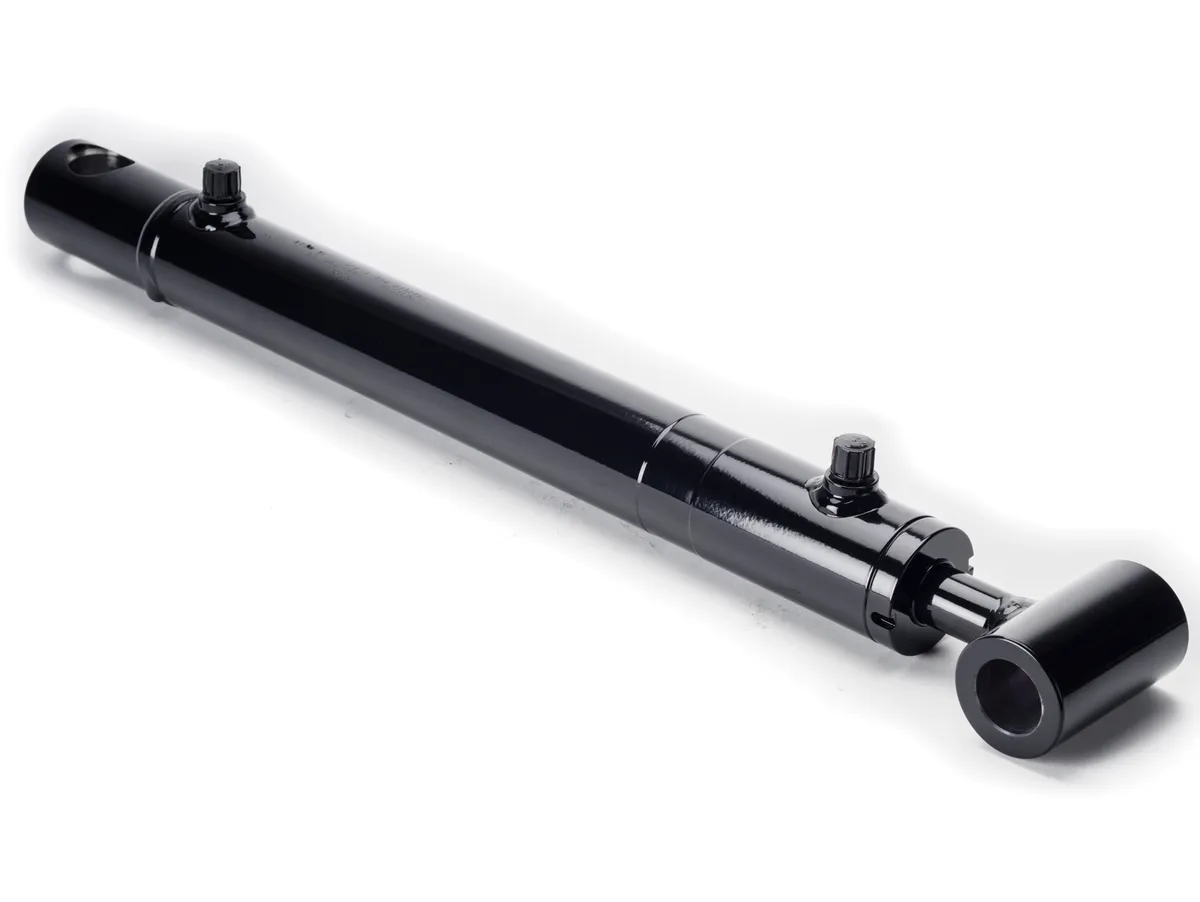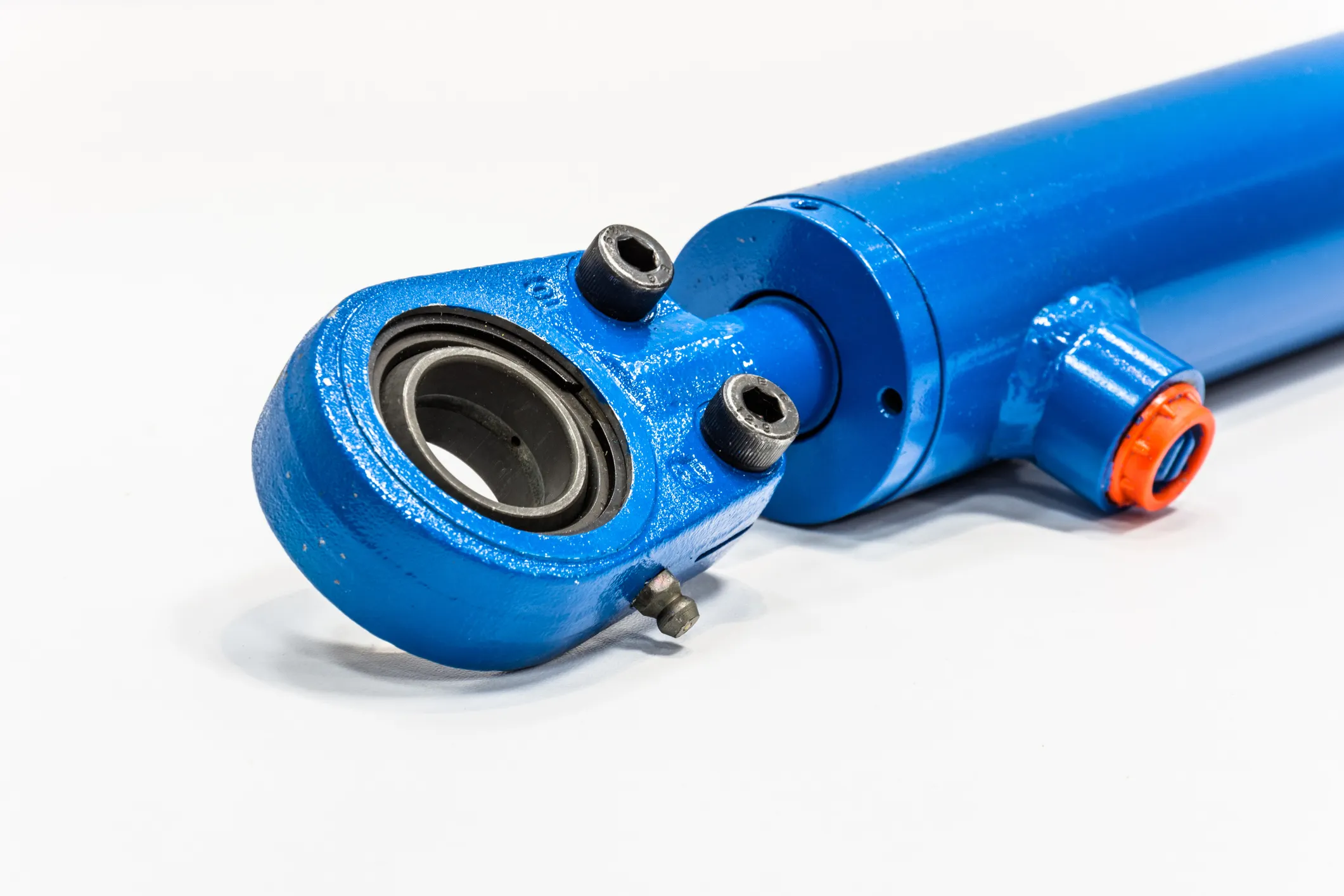The Ultimate Guide to Industrial Hydraulic Cylinder Hydraulic Systems
Understanding Industrial Hydraulic Cylinder Hydraulic Systems
Industrial hydraulic cylinder hydraulic systems play a crucial role in various industrial applications, providing the power needed to move heavy loads with precision and efficiency. These systems consist of hydraulic cylinders that convert fluid power into mechanical force to perform a wide range of tasks.
Key Components and Structure of Hydraulic Cylinder
A hydraulic cylinder comprises key components such as a cylinder barrel, piston, piston rod, seals, and hydraulic fluid. The cylinder barrel houses the piston, while the piston rod connects the piston to the machine component being moved. Seals prevent fluid leakage, ensuring optimal performance.
Principle of Operation Overview
The operation of a hydraulic cylinder is based on Pascal’s principle, which states that when pressure is applied to a confined fluid, the pressure is transmitted equally in all directions. When hydraulic fluid is pumped into the cylinder, it pushes the piston, generating force to move the load.
Types of Hydraulic Cylinders in Industrial Applications
Single Acting Cylinders
Single acting cylinders exert force in one direction and rely on an external force, such as a spring, to return to their original position. They are commonly used in applications where the load needs to be lifted or pushed in a single direction.
Double Acting Cylinders
Double acting cylinders can exert force in both directions, as hydraulic fluid is supplied alternately to extend and retract the piston. These cylinders are versatile and suitable for applications requiring precise control over the movement of the load.
Telescopic Cylinders
Telescopic cylinders consist of multiple nested stages that allow for a longer stroke length in a compact design. They are ideal for applications with limited space or when a long extension is required.
Differential Cylinders
Differential cylinders have two pistons of different diameters, providing a higher force output with a smaller input force. They are used in applications where high force is required, such as heavy lifting.
Top Five Advantages of Industrial Hydraulic Cylinders
1. High Power Density: Hydraulic cylinders offer high force output in a compact size, making them ideal for heavy-duty applications.
2. Precise Control: Hydraulic systems allow for precise control over the speed and position of the load, ensuring accurate operations.
3. Durability: Hydraulic cylinders are designed to withstand harsh industrial environments and provide long-lasting performance.
4. Versatility: With a wide range of types and sizes available, hydraulic cylinders can be customized to suit specific application requirements.
5. Efficiency: Hydraulic systems are energy-efficient, as they only require power to move the load, reducing overall energy consumption.
Industries Where Industrial Hydraulic Cylinders are Widely Used
1. Manufacturing: Hydraulic cylinders are used in production lines for material handling, assembly, and machining processes.
2. Construction: Hydraulic cylinders power heavy machinery such as cranes, excavators, and bulldozers for construction projects.
3. Mining: Hydraulic cylinders are essential for mining equipment used in excavation, drilling, and material transportation.
4. Agriculture: Hydraulic systems are employed in agricultural machinery for tasks like plowing, harvesting, and irrigation.
5. Aerospace: Hydraulic cylinders are used in aircraft landing gear, cargo handling systems, and flight control mechanisms.
How to Select the Right Industrial Hydraulic Cylinder
When choosing an industrial hydraulic cylinder for a specific application, factors such as load capacity, stroke length, operating pressure, mounting style, and environmental conditions must be considered. Selecting the right cylinder ensures optimal performance and longevity.
Maintenance and Care of Industrial Hydraulic Cylinders
Regular maintenance is essential to ensure the proper functioning of hydraulic cylinders. Inspecting for leaks, lubricating moving parts, and cleaning components are key practices to maintain performance and extend the service life of the system.
Industrial Hydraulic Cylinder Installation Guide
Proper installation of hydraulic cylinders is critical to their performance and safety. Following manufacturer guidelines, aligning components accurately, and testing the system for leaks are crucial steps in the installation process.
Maintenance Tasks for Industrial Hydraulic Cylinders
1. Cleaning: Regularly clean the cylinder and its components to remove dirt and debris that can cause damage or reduce efficiency.
2. Lubrication: Apply the appropriate lubricant to moving parts to reduce friction and wear, ensuring smooth operation.
3. Checking Wear: Inspect seals, rods, and other components for signs of wear or damage, and replace them as needed to prevent leaks or malfunctions.

Fault Diagnosis and Common Problems
Common issues with hydraulic cylinders include leaks, insufficient power output, erratic movement, and seal failure. Proper diagnosis of these problems involves checking fluid levels, inspecting components for damage, and testing the system under load conditions.
Preventive Measures for Industrial Hydraulic Cylinders
To prevent potential problems with hydraulic cylinders, regular maintenance, monitoring fluid levels, and addressing issues promptly are key. Implementing preventive measures such as using quality components, installing proper filtration systems, and following recommended maintenance schedules can help optimize performance.
How to Choose the Right Industrial Hydraulic Cylinder

When selecting an industrial hydraulic cylinder, factors such as load requirements, operating conditions, space limitations, and budget constraints must be considered. Consulting with a hydraulic system specialist and evaluating different options based on specific needs can help in choosing the right cylinder for the application.
Explore the Factors in Selecting Industrial Hydraulic Cylinder
Considering factors like load capacity, speed, control requirements, environmental conditions, and maintenance needs is essential when selecting an industrial hydraulic cylinder. Each application may have unique demands that require careful evaluation to ensure the optimal performance of the system.
Long-Tail Keywords for Industrial Hydraulic Cylinders
1. “High-Performance Industrial Hydraulic Cylinders for Heavy-Duty Applications”
2. “Customized Hydraulic Solutions for Precision Industrial Operations”
3. “Efficient and Reliable Hydraulic Cylinder Systems for Diverse Industries”
About Our Company
We are a leading hydraulic cylinder replacement manufacturer, offering a complete product line tailored to meet the needs of various industries. With international certifications, customized services, state-of-the-art production equipment, and dedicated after-sales support, we are committed to providing top-quality hydraulic solutions to our domestic and global clients.
Author: lyl
